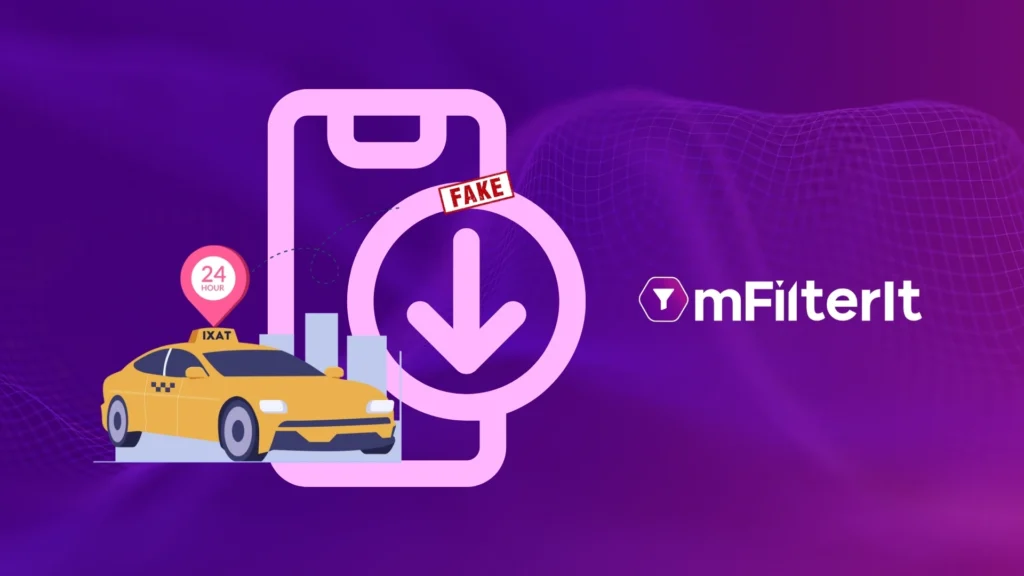Ad Traffic Validation

Mobile marketers often trust attribution platforms as the single source of truth for campaign performance........

Every performance marketer running a user acquisition campaign has the same goal – to increase.......

Ad fraud is not a myth anymore. It has been there for a long time.......

The USA digital advertising industry significantly relies on lead generation strategies. For advertisers in the.......

Here’s the truth that might hurt a little: An ad ‘seen’ does not mean the.......

Marketers have relied on viewability as a metric for the longest time to measure the.......
